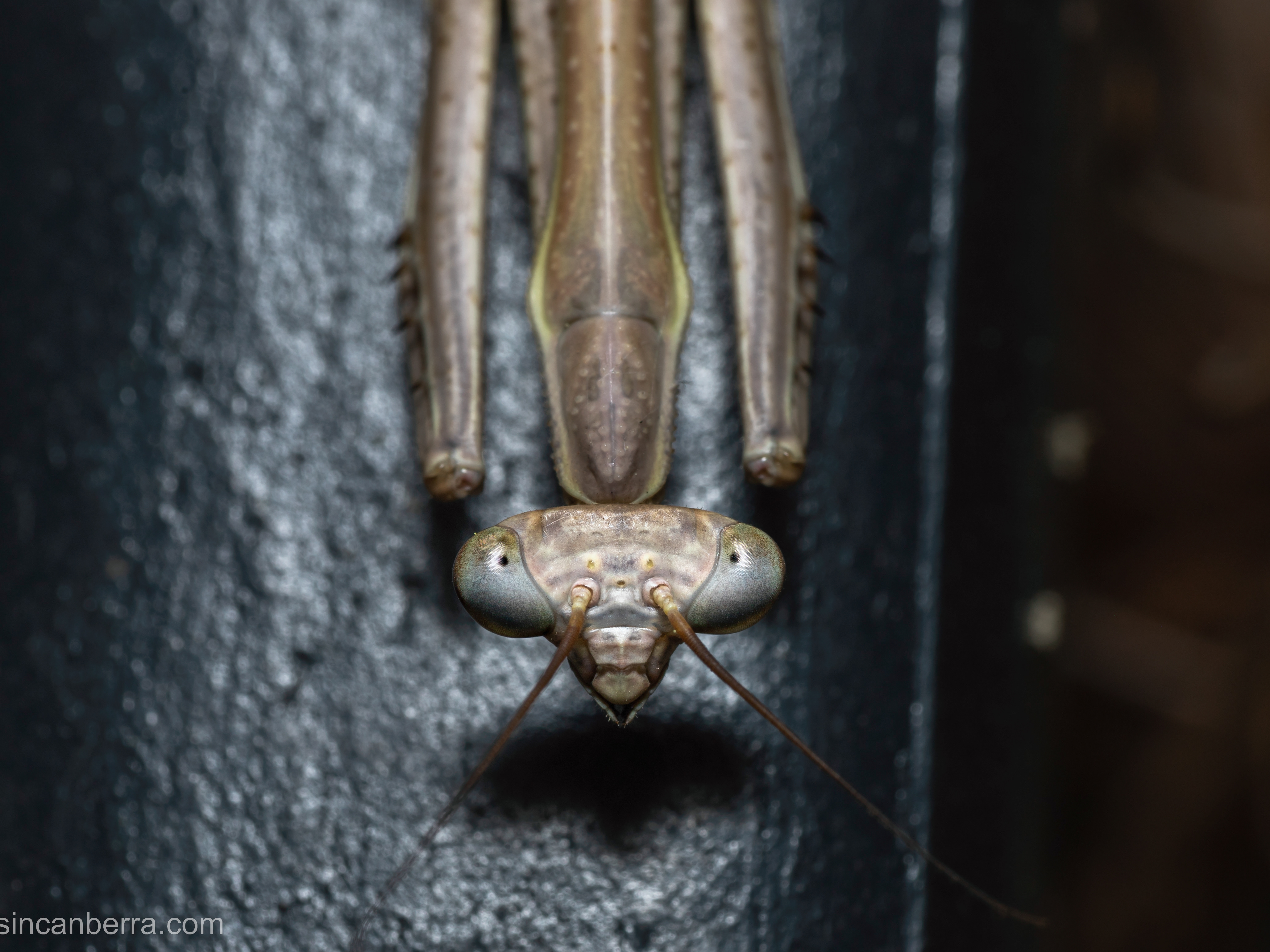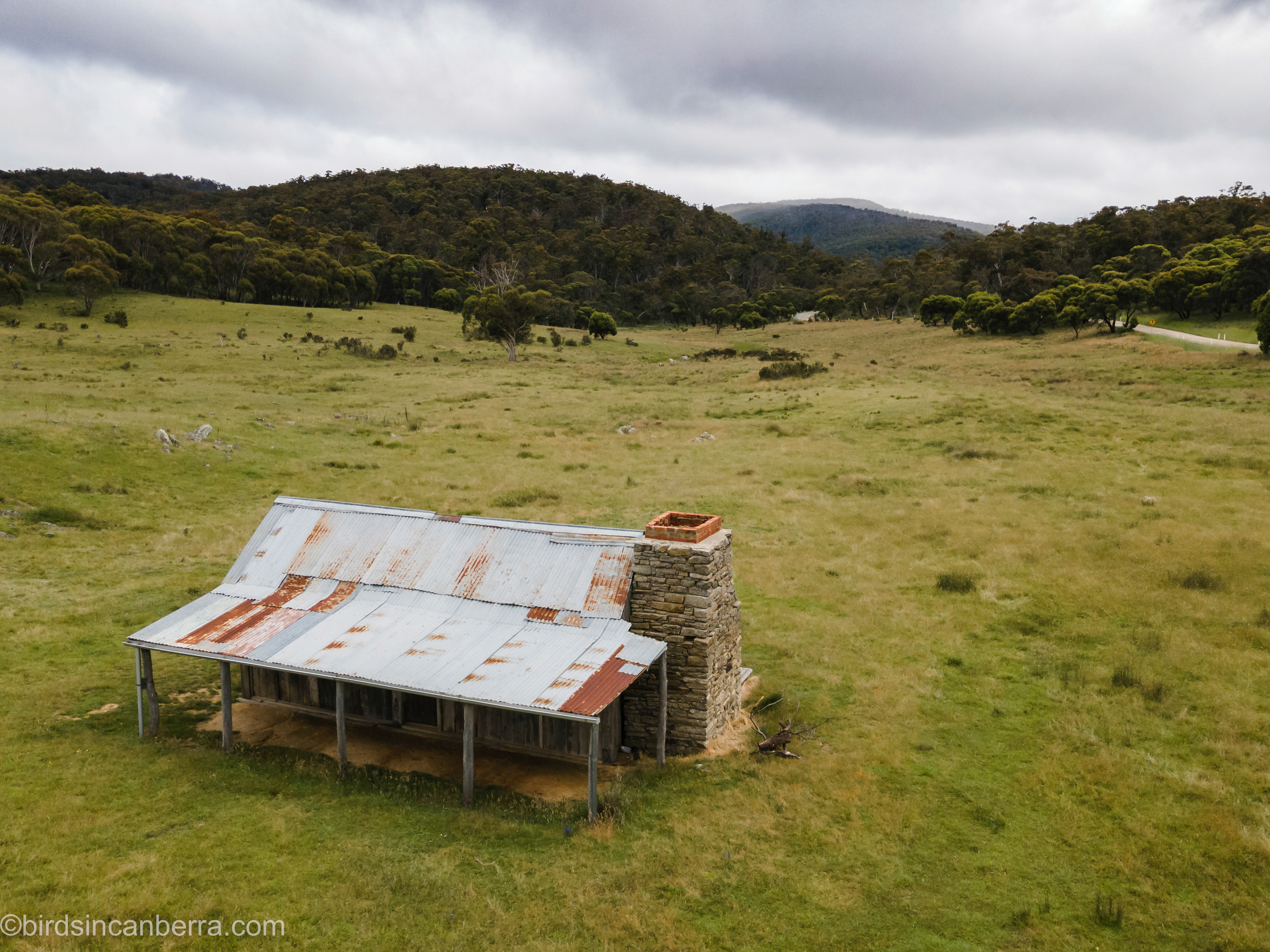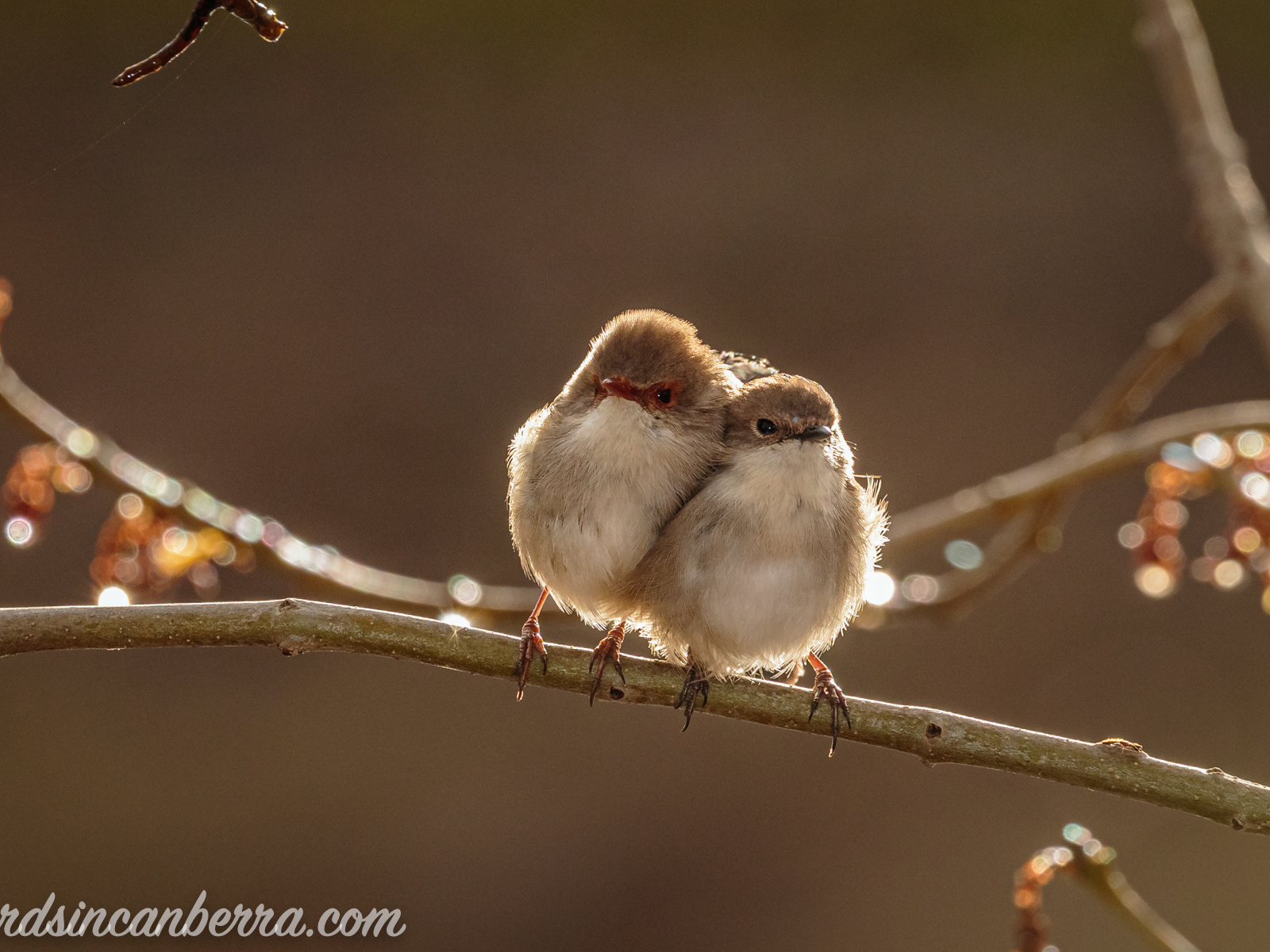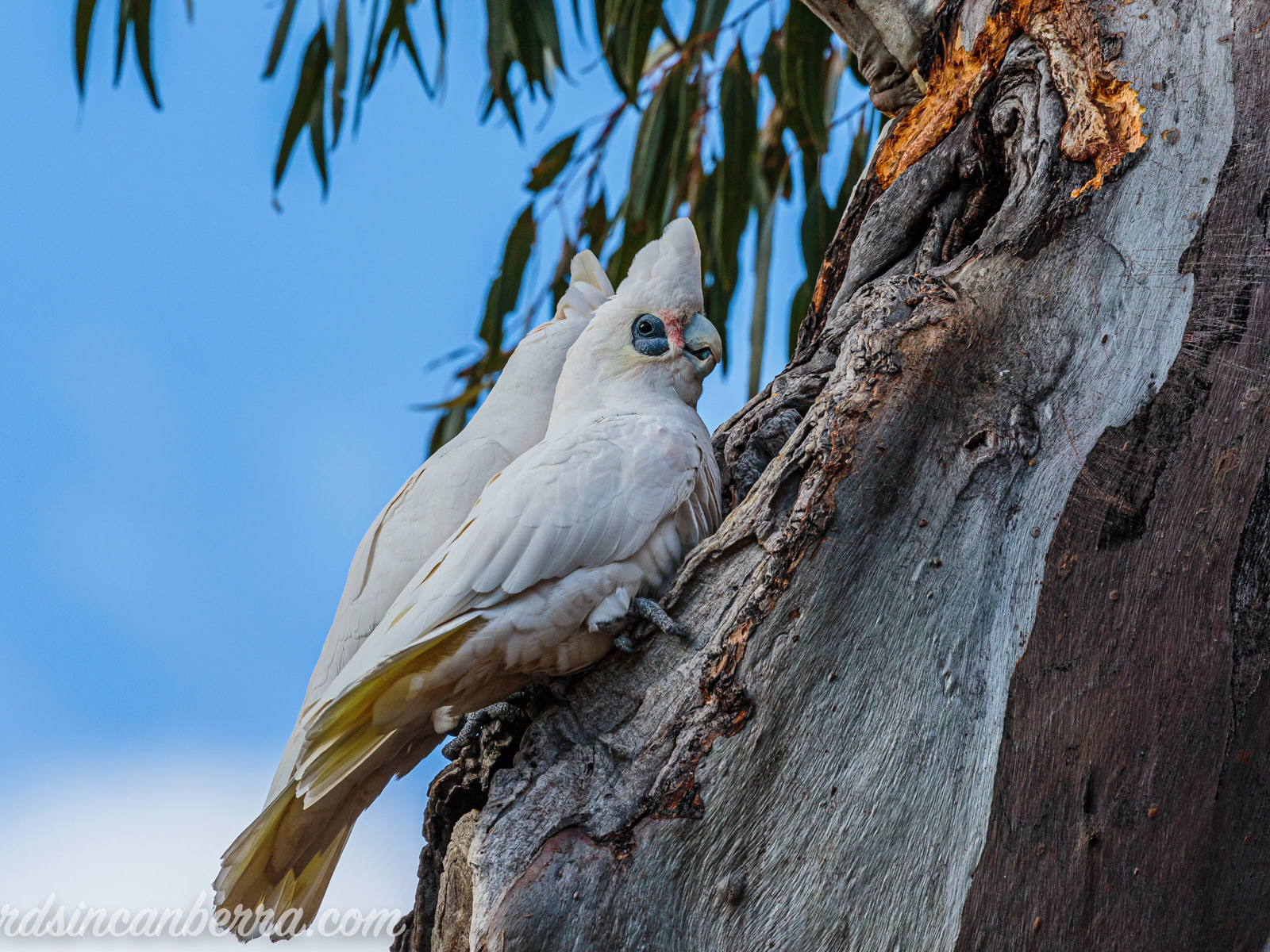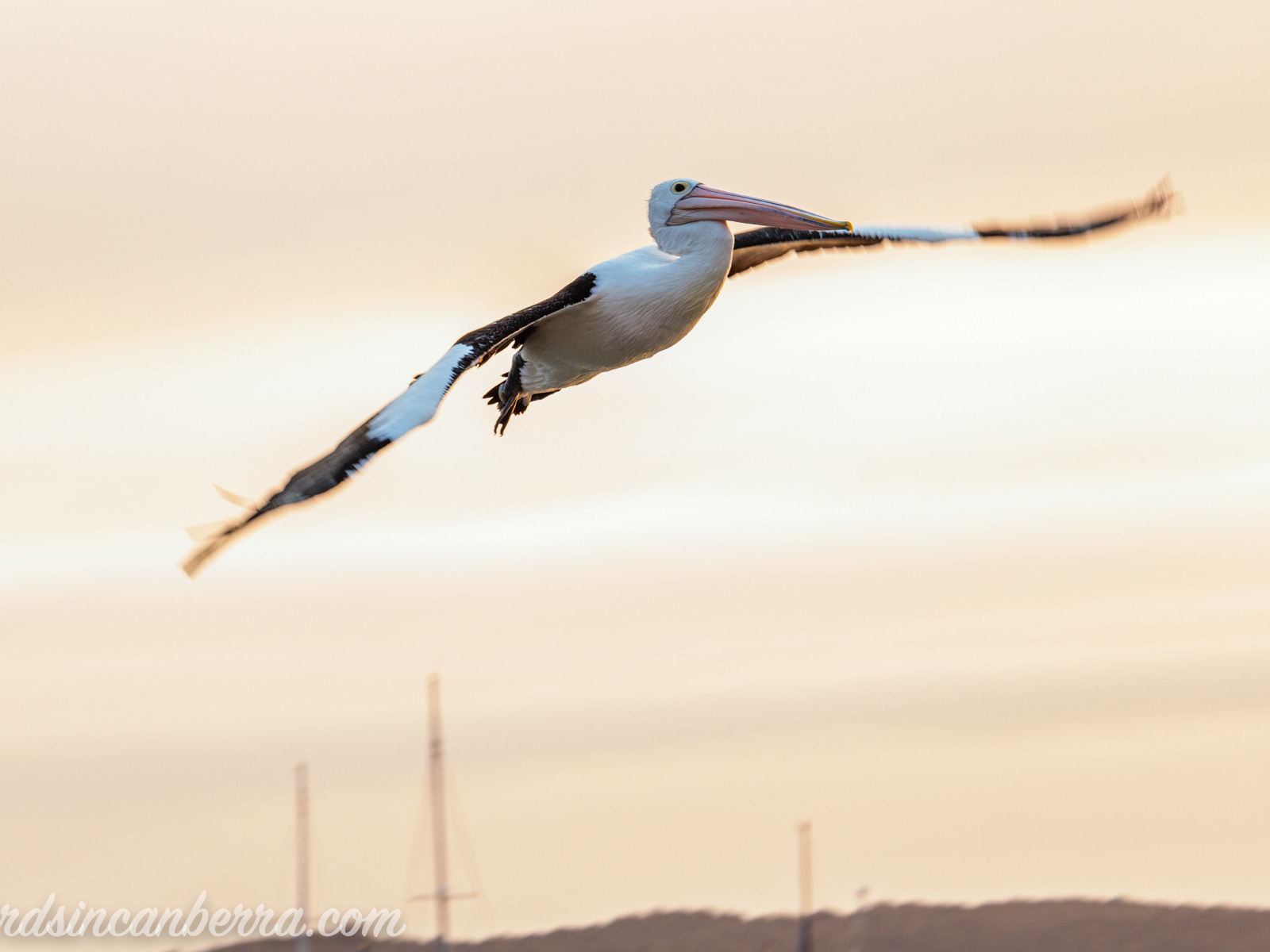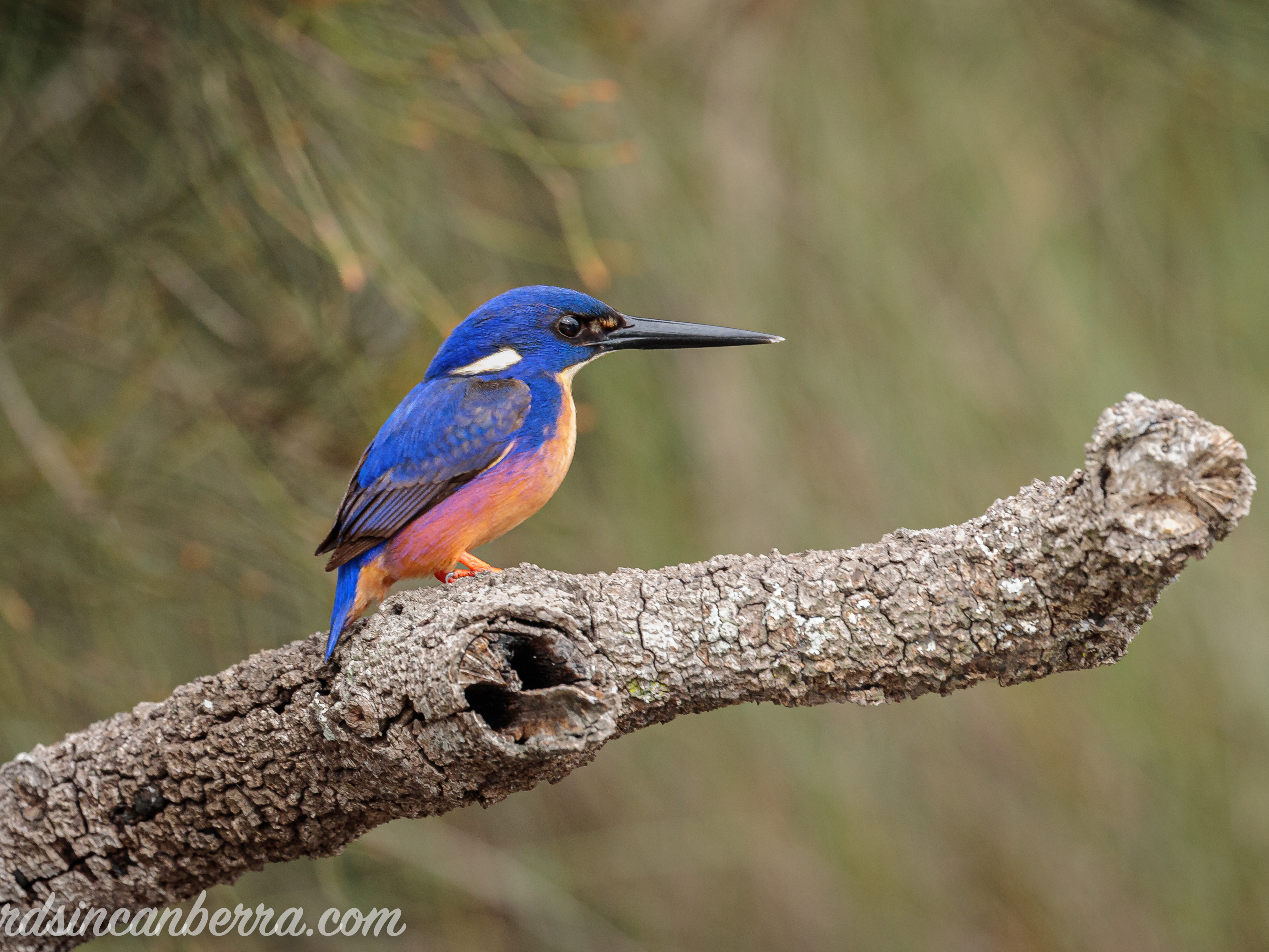Narooma is on the coast and is built around the beautiful Wagonga Inlet so a lot of the wildlife lives on both land and water. With the movement of tides every six hours those creatures that can exist in both domains increase their chance of finding food and avoiding becoming food. Often, a good hiding place in the water is still a good hiding place when it is dry. However, sometimes things do not work out. Such as with this sad looking Variegated Shore Crab safe from most predators in a rock crevice but a wave probably wrapped a small bluebottle with its stinging tentacles around the crab. I am unsure if the tentacles can kill the crab or if it even felt them but I thought it made for a very colourful photograph.
This is the fourth post in a series of five looking at different aspects of wildlife at Narooma. In this post I am covering the wildlife that makes its home where land and water meet. I had a lot of fun wandering around all different types of shores and I hope that you enjoy the photos below.
More of this story is on my blog at https://bit.ly/Narooma_part_4
Variegated Shore Crab with a small Bluebottle wrapped around it
(Canon EOS 6D Mk II with a Canon EF100-400mm f4.5-5.6L IS II USM [ISO 640, 400mm, f/9.0 and 1/320 SEC])
Seaweed washed ashore
(Canon EOS 6D Mk II with a Canon EF100-400mm f4.5-5.6L IS II USM [ISO 640, 100mm, f/8.0 and 1/500 SEC])
Soldier Beetle just before it crawled inside the kelp
(Canon EOS 6D Mk II with a Canon EF100-400mm f4.5-5.6L IS II USM [ISO 100, 400mm, f/13 and 1/640 SEC])
Bluebottle stranded on the sand
(Canon EOS 6D Mk II with a Canon EF100-400mm f4.5-5.6L IS II USM [ISO 250, 400mm, f/8.0 and 1/500 SEC])
By-the-Wind Sailor blown onto the sand
(Canon EOS 6D Mk II with a Canon EF100-400mm f4.5-5.6L IS II USM [ISO 200, 400mm, f/14 and 1/400 SEC])
Sponge washed onto the beach
(Canon EOS 6D Mk II with a Canon EF100-400mm f4.5-5.6L IS II USM [ISO 100, 100mm, f/10 and 1/640 SEC])
Variegated Shore Crab with a Bluebottle wrapped around it
(Canon EOS 6D Mk II with a Canon EF100-400mm f4.5-5.6L IS II USM [ISO 640, 400mm, f/9.0 and 1/320 SEC])
Masses of Soldier Crabs on an exposed sand flat
(Canon EOS 6D Mk II with a Canon EF100-400mm f4.5-5.6L IS II USM [ISO 200, 400mm, f/11 and 1/500 SEC])
Soldier Crab slowly carefully emerging from being concealed in the sand
(Canon EOS 6D Mk II with a Canon EF100-400mm f4.5-5.6L IS II USM [ISO 160, 400mm, f/8.0 and 1/400 SEC])
Soldier Crab processing sand for food
(Canon EOS 6D Mk II with a Canon EF100-400mm f4.5-5.6L IS II USM [ISO 160, 400mm, f/8.0 and 1/400 SEC])
Soldier Crabs looking somewhat alien-like as they feed across the mud flats
(Canon EOS 6D Mk II with a Canon EF100-400mm f4.5-5.6L IS II USM [ISO 320, 400mm, f/8.0 and 1/400 SEC])
Hermot Crab in a Mud Whelk shell
(Canon EOS 6D Mk II with a Canon EF100-400mm f4.5-5.6L IS II USM [ISO 500, 400mm, f/8.0 and 1/400 SEC])
Mating pair of water striders further up the inlet
(Canon EOS 6D Mk II with a Canon EF100-400mm f4.5-5.6L IS II USM [ISO 1000, 400mm, f/9.0 and 1/400 SEC])
Old oyster lease but the oysters continue to grow
(Canon EOS 6D Mk II with a Canon EF100-400mm f4.5-5.6L IS II USM [ISO 400, 100mm, f/14 and 1/400 SEC])
Solo Grey Mangrove sapling on an exposed shore
(Canon EOS 6D Mk II with a Canon EF100-400mm f4.5-5.6L IS II USM [ISO 400, 100mm, f/8.0 and 1/500 SEC])
Grey Mangrove shoot
(Canon EOS 6D Mk II with a Canon EF100-400mm f4.5-5.6L IS II USM [ISO 250, 248mm, f/6.3 and 1/320 SEC])
Grey Mangroves from an ecosystem
DJI Mavic Air 2 [ISO 200, 4.5mm, f/2.8 and 1/640 SEC]
Semaphore Crab juvenile among mangrove pneumatophores
(Canon EOS 6D Mk II with a Canon EF100-400mm f4.5-5.6L IS II USM [ISO 500, 286mm, f/16 and 1/320 SEC])
Semaphore Crah male
(Canon EOS 6D Mk II with a Canon EF100-400mm f4.5-5.6L IS II USM [ISO 400, 400mm, f/9.0 and 1/320 SEC])
Mud Whelks in the mud among the mangroves
(Canon EOS 6D Mk II with a Canon EF100-400mm f4.5-5.6L IS II USM [ISO 640, 188mm, f/14 and 1/400 SEC])
Mud Whelk crawling across the exposed flat
(Canon EOS 6D Mk II with a Canon EF100-400mm f4.5-5.6L IS II USM [ISO 640, 100mm, f/13 and 1/500 SEC])
Wandering along the beach, rocks and the mangroves was always enjoyable. There was always something to see and it was just nice walking in a beautiful coastal environment. Returning to the same place under different tidal conditions revealed new creatures, often making it feel like a new location. Especially around the mangroves it was nice just to stop and wait for the small life forms to accept my presence, whereupon they returned to going about their business and the habitat came alive. It was a really peaceful experience and filled much of my time at Narooma.
Thanks for reading this post and thanks also for looking at my photos. I hope you come back again to read more about some of the wonderful natural things that the south coast of New South Wales has on offer. All the best until the next post, Wonders of life under shallow water - Beautiful Narooma Part 5, Summer 2022/23
